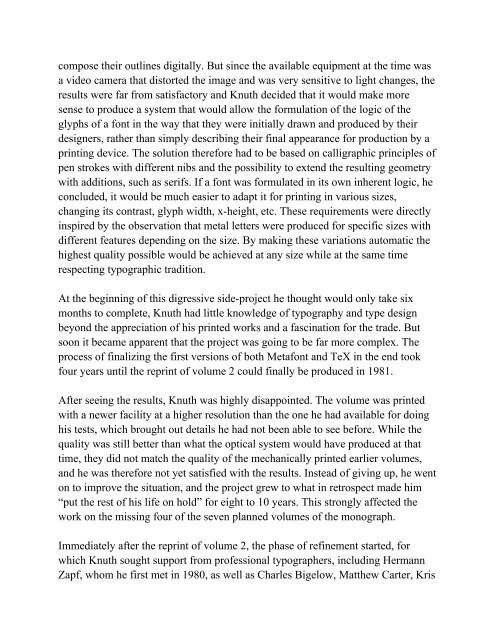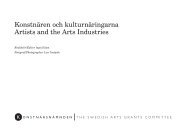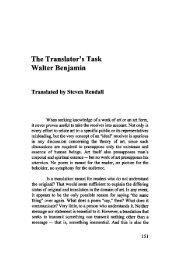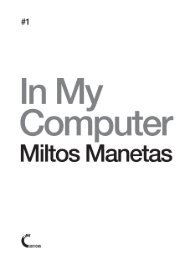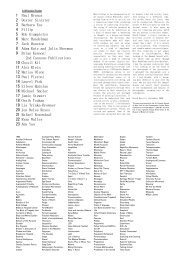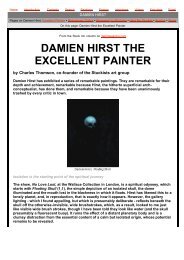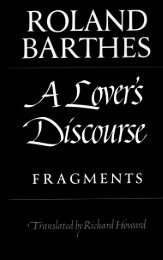Jürg Lehni – Typeface As Progamme - Harald Peter Ström
Jürg Lehni – Typeface As Progamme - Harald Peter Ström
Jürg Lehni – Typeface As Progamme - Harald Peter Ström
Create successful ePaper yourself
Turn your PDF publications into a flip-book with our unique Google optimized e-Paper software.
compose their outlines digitally. But since the available equipment at the time was<br />
a video camera that distorted the image and was very sensitive to light changes, the<br />
results were far from satisfactory and Knuth decided that it would make more<br />
sense to produce a system that would allow the formulation of the logic of the<br />
glyphs of a font in the way that they were initially drawn and produced by their<br />
designers, rather than simply describing their final appearance for production by a<br />
printing device. The solution therefore had to be based on calligraphic principles of<br />
pen strokes with different nibs and the possibility to extend the resulting geometry<br />
with additions, such as serifs. If a font was formulated in its own inherent logic, he<br />
concluded, it would be much easier to adapt it for printing in various sizes,<br />
changing its contrast, glyph width, x-height, etc. These requirements were directly<br />
inspired by the observation that metal letters were produced for specific sizes with<br />
different features depending on the size. By making these variations automatic the<br />
highest quality possible would be achieved at any size while at the same time<br />
respecting typographic tradition.<br />
At the beginning of this digressive side-project he thought would only take six<br />
months to complete, Knuth had little knowledge of typography and type design<br />
beyond the appreciation of his printed works and a fascination for the trade. But<br />
soon it became apparent that the project was going to be far more complex. The<br />
process of finalizing the first versions of both Metafont and TeX in the end took<br />
four years until the reprint of volume 2 could finally be produced in 1981.<br />
After seeing the results, Knuth was highly disappointed. The volume was printed<br />
with a newer facility at a higher resolution than the one he had available for doing<br />
his tests, which brought out details he had not been able to see before. While the<br />
quality was still better than what the optical system would have produced at that<br />
time, they did not match the quality of the mechanically printed earlier volumes,<br />
and he was therefore not yet satisfied with the results. Instead of giving up, he went<br />
on to improve the situation, and the project grew to what in retrospect made him<br />
“put the rest of his life on hold” for eight to 10 years. This strongly affected the<br />
work on the missing four of the seven planned volumes of the monograph.<br />
Immediately after the reprint of volume 2, the phase of refinement started, for<br />
which Knuth sought support from professional typographers, including Hermann<br />
Zapf, whom he first met in 1980, as well as Charles Bigelow, Matthew Carter, Kris


